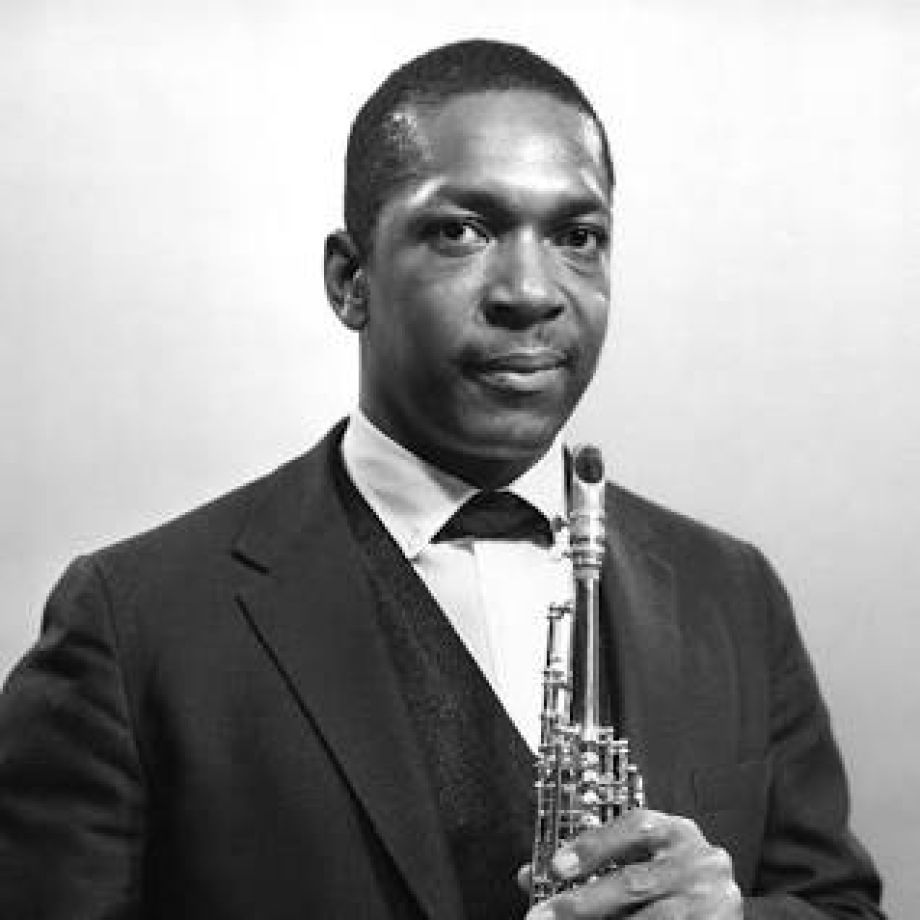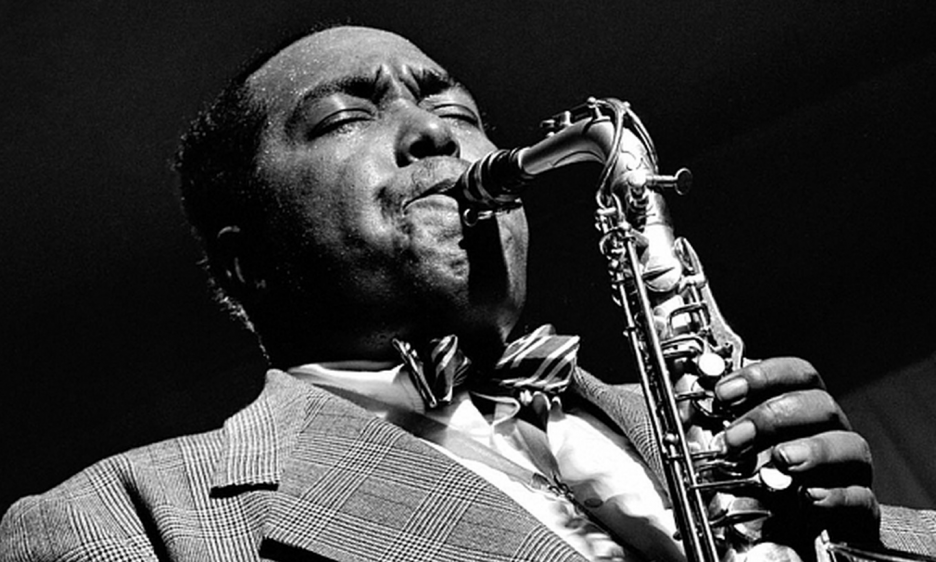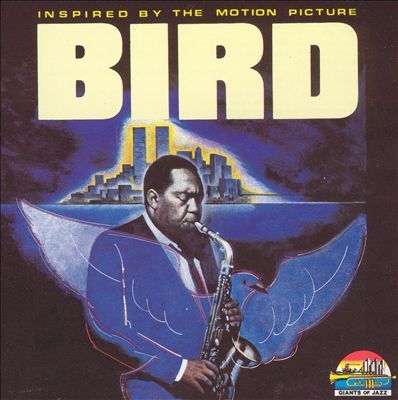John Coltrane & Charlie Parker
Arguably the greatest jazz sax players of the 20th century
... a classic
Working in the bebop and hard bop idioms early in his career, Coltrane helped pioneer the use of modes and was one of the players at the forefront of free jazz. He led at least fifty recording sessions and appeared on many albums by other musicians, including trumpeter Miles Davis and pianist Thelonious Monk.
"Coltrane was a true virtuoso. Unlike Mozart, though, he wasn’t born a musical genius. Instead, he practised, practised, practised. On the bus during road trips, he would shadow exercise his fingering on the sax for hours on endlessly. Endlessly curious, his musical career changed jazz and popular music’s trajectory like no other artist—encompassing Be Bop/Hard Bop, Blues, Pop, Avant-Garde, Free Jazz, and Ballads."
Lonnie Freedman


Charlie "Bird" Parker
Reissued in 1957 as The Genius Of Charlie Parker, Vol.3: Now’s The Time, with alternate takes of the original 10” LPs eight tracks, the original Verve album simply called Charlie Parker, released in 1953, is a gem among Parker’s work. The original LP had eight tracks, the first four recorded at Fulton Recording in New York City, on July 28, 1953, while the following four tracks date from a session at the same studio, seven months earlier.
The original 10” album, with its exquisite David Stone Martin album art, is a collector’s item today, and the music inside is brilliant too. Bird is joined by pianist Hank Jones on the December 1952 sides and Al Haig on the July 1953 session, plus drummer Max Roach and bassists Teddy Kotick (on the December 1952 cuts) and Percy Heath (on the July 1953 sides).

Charlie Parker, byname of Charles Parker, Jr., also called Bird or Yardbird, (born August 29, 1920, Kansas City, Kansas, U.S.—died March 12, 1955, New York City, New York), American alto saxophonist, composer, and bandleader, a lyric artist generally considered the greatest jazz saxophonist.
Something different ... something classic(al)
Austin School Saxophone Studio plays Jupiter from The Planets (Holst)
... the sax can sound like a n y t h i n g!


 How to resolve AdBlock issue?
How to resolve AdBlock issue? 